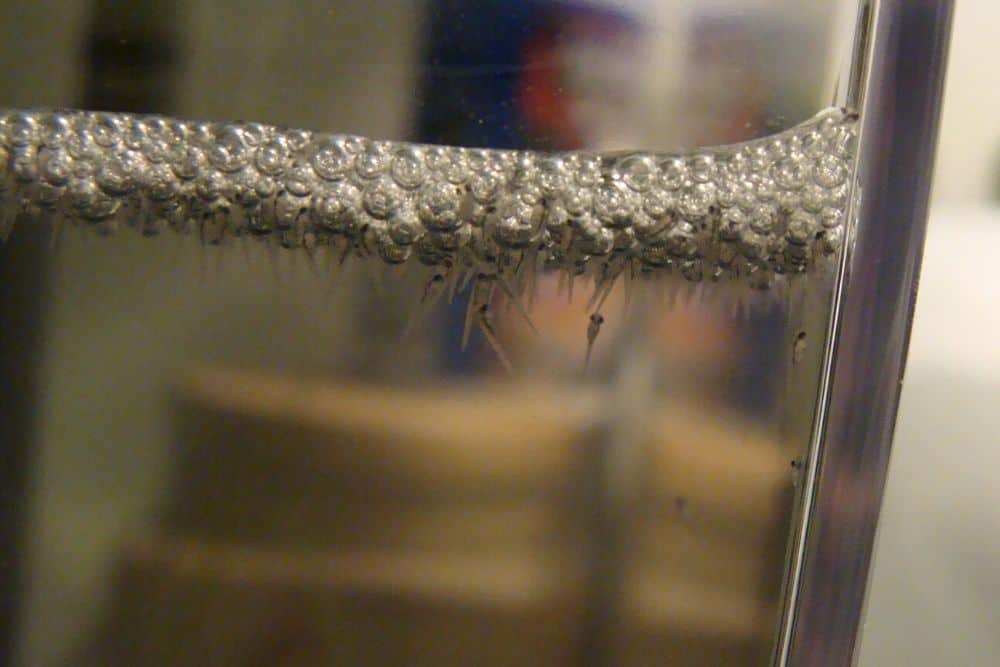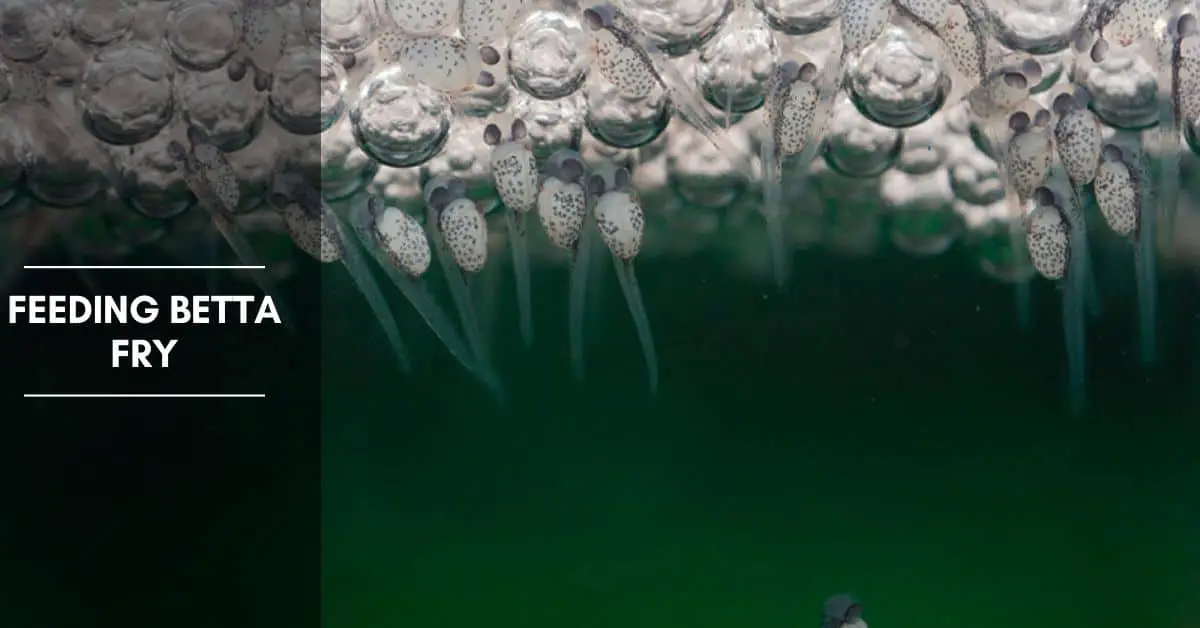As soon as the fry start moving about on their own, they will be on the lookout for food. There is a great controversy among breeders of bettas as to what types of foods are best as first foods for betta fry.
Basically they are split into two camps. One group believes that unless infusoria is fed to the new fry only disaster can be the result. Then there are those who have found that the new fry can and will eat newly hatched brine shrimp right from the first. The controversy will probably go on forever, but the following bits of information are offered so that you might be aware of them; then you can experiment and decide for yourself.
Feeding betta fry brine shrimp or infusoria
To state the case thoroughly, it must be said that those who use infusoria (or other first foods) instead of newly hatched brine shrimp have had similar success. It must be admitted also that some individual fry may not be large enough to eat brine shrimp and may be lost if something smaller to eat is not present. If they are lost the breeder will never know what they might have had to offer.
However, using newly hatched brine shrimp can assure almost complete success. Those who report using infusoria switch to brine shrimp just a few days later. The need for using infusoria is probably highly overrated. There are probably many infusorians present in the tank used for spawning.
Feeding egg yolk
Researchers say that the bubble nests attract infusoria. Fry in the nest feed on the yolk sac for three days. During this time they are also learning to eat, merely snapping at random. By the time the yolk sac is gone, they know how to eat, so fry are probably eating infusorians that just happen to be present. However, fry have also been observed tearing live shrimp apart.
Fluval Bug Bites Bottom Feeder Fish Food, Granules for Small to Medium Sized Fish, 1.60 Oz., A6586
$3.81 (as of June 23, 2025 20:26 GMT +03:00 - More infoProduct prices and availability are accurate as of the date/time indicated and are subject to change. Any price and availability information displayed on [relevant Amazon Site(s), as applicable] at the time of purchase will apply to the purchase of this product.)Ultum Nature Systems Ultra Clear Rimless Aquarium - Low Iron Glass Fish Tank with 45° Mitered Edges, 5mm-12mm Thick, Leveling Mat Included (25S, Shallow, 2 Gallon)
$54.99 (as of June 23, 2025 21:43 GMT +03:00 - More infoProduct prices and availability are accurate as of the date/time indicated and are subject to change. Any price and availability information displayed on [relevant Amazon Site(s), as applicable] at the time of purchase will apply to the purchase of this product.)Boyd Enterprises CPGNnano5 Chemi-Pure Green Nano 5 Pack Aquarium Filtration
15% Off
It is very interesting to watch fry eat shrimp. The fry’s transparency provides proof that they can indeed swallow whole baby shrimp. A magnifying glass is handy. The fry should be fed in amounts to assure full, rounded bellies most of the time. It is difficult to say exactly how much and how often they should be fed. But some observations by the breeder will soon create feeding habits that will accomplish full, rounded bellies and rapid growth.
This optimum feeding program should, however, be accomplished without fouling the water by overfeeding. Shrimp not eaten will soon die off and decay will cause water pollution. This can quickly affect the fry, and they will quickly die off or show signs of disease. Siphoning of the dead shrimp
and replacement of the water will ensure that pollution will not occur.
Use a narrow-gauge siphon such as plastic airline tubing (1/8″ gauge) so as not to siphon fry as well. Siphoning and replacement of half the water every few days is beneficial.
Many would-be breeders complain that a successful spawning has been lost after a week or two. On questioning, it appears that their feeding program during this time has been disastrous because of uncertainty. Most are not sure about infusoria or the various substitute tube products. The usual result is overuse and toxic water. Feeding brine shrimp is visually easier to control and is successful.
A light source close above the water will draw a concentration of infusorians or shrimp to it. Fry will congregate and feed. New fry seem to prefer food that is alive and moving. As fry progress in size and age, other foods can be offered.
Methods and materials for hatching brine shrimp eggs are readily available, and the eggs are easily hatched. However, when it comes to creating and perpetuating a truly functional infusoria culture it seems we have been laboring under some misinformation. Lettuce, hay and rice media will produce good infusoria cultures if they are “inoculated” with infusoria obtained from biological supply houses or the sediment from a well-established aquarium.
Good cultures do not spring up spontaneously. They have to be made, and they have to be made well. ..and once they are set up and producing, they have to be maintained. Once established, going cultures can be perpetuated only if they are given the same kind of attention that worm cultures are given. Provide food for the microorganisms, keep environmental conditions good and keep numbers down by harvesting.




















